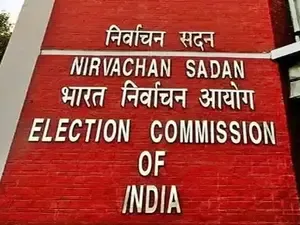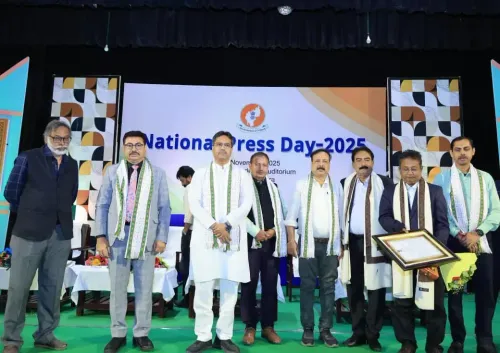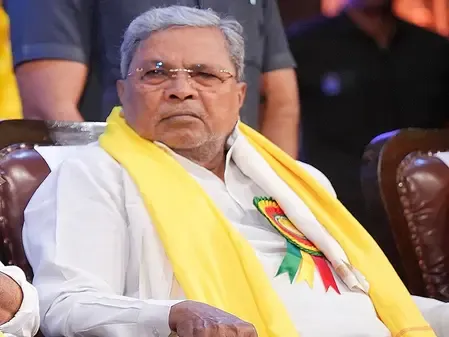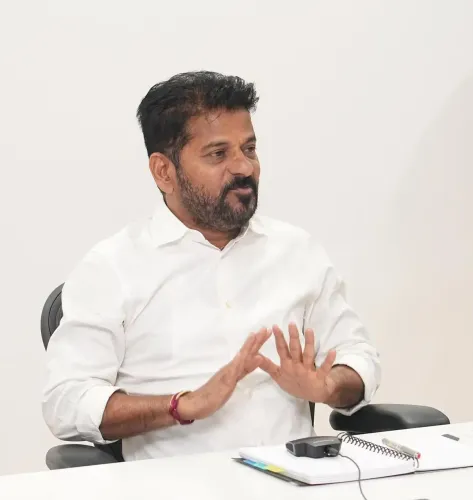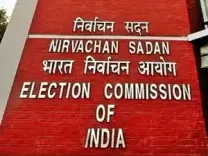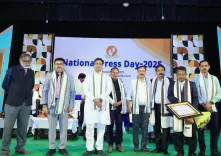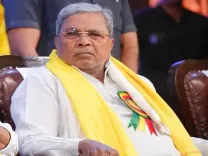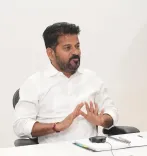What Are the Details of the Final Voter List for Araria?
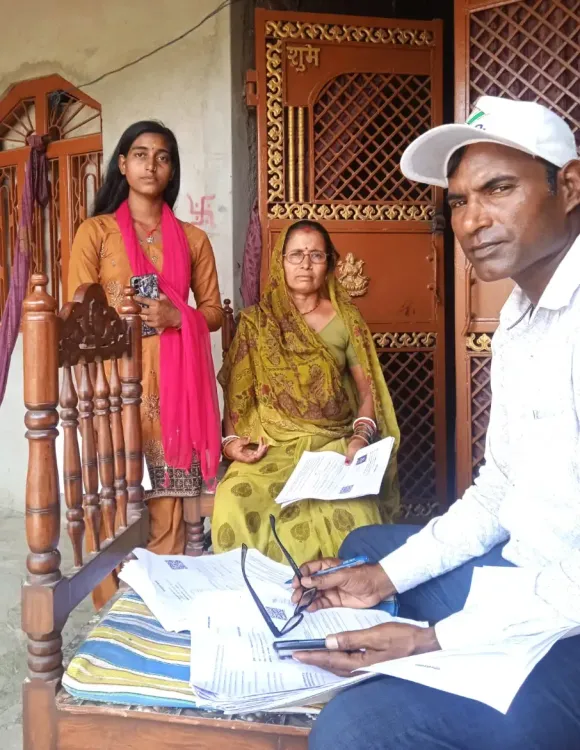
Synopsis
Key Takeaways
- 19,66,807 eligible voters listed in the final electoral roll.
- Voter demographics include 10,30,292 males and 9,26,436 females.
- Age distribution shows significant youth engagement.
- Efforts made to ensure inclusive and transparent electoral processes.
- Legal recourse available for voters dissatisfied with registration decisions.
Patna, Oct 1 (NationPress) The final electoral roll for the Araria district, part of the Special Intensive Revision (SIR) 2025, was officially unveiled on Tuesday during a meeting led by District Election Officer and District Magistrate Anil Kumar at the Perman Auditorium, Collectorate, Araria. The event was attended by the heads, secretaries, and representatives of all recognized political parties.
According to the final list, a total of 19,66,807 eligible voters reside in Araria, comprising 10,30,292 males, 9,26,436 females, and 89 others.
The report indicated that there are 31,994 voters aged between 18 and 19 years, 19,08,959 voters in the 20 to 79 age group, and 25,854 voters aged 80 years and above.
This final publication was conducted simultaneously across all six Assembly constituencies of Araria district, which include Narpatganj, Raniganj (SC), Forbesganj, Araria, Jokihat, and Sikti.
The DEO informed political representatives that the draft roll was released on August 1, 2025, with a period for claims and objections extending from August 1 to September 1, 2025.
Special camps were organized at Block-cum-Circle offices and Nagar Parishad/Nagar Panchayat offices to maximize participation, aiming for the goal of 'No Voter Left Behind.'
The finalized electoral rolls were provided free of charge to the political parties present during the meeting.
Representatives from various parties expressed their satisfaction, commending the efforts of the Election Commission of India and the district administration in ensuring a transparent, inclusive, and error-free process.
The meeting also clarified the legal options available for voters. If a voter is unhappy with the decision made by the Electoral Registration Officer (ERO), they may appeal to the District Magistrate under Section 24(a) of the Representation of the People Act, 1950.
If the voter remains unsatisfied with the DM's ruling, a second appeal can be lodged with the Chief Electoral Officer, Bihar, as per Rule 27 of the Conduct of Elections Rules, 1960.

